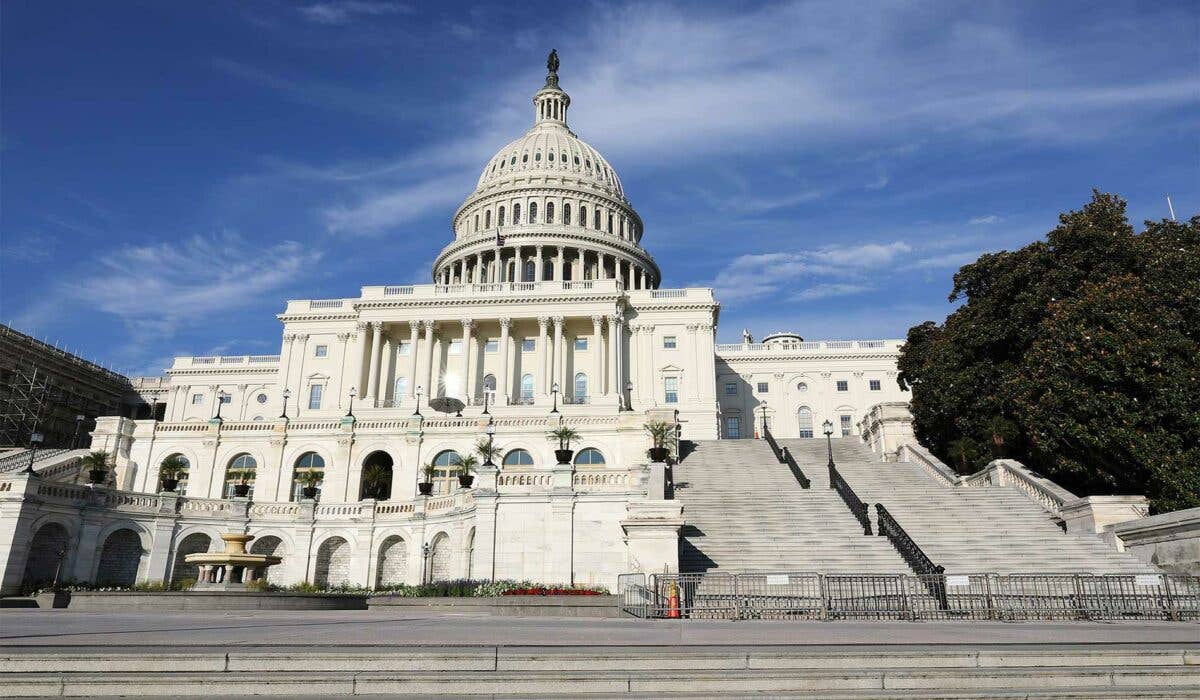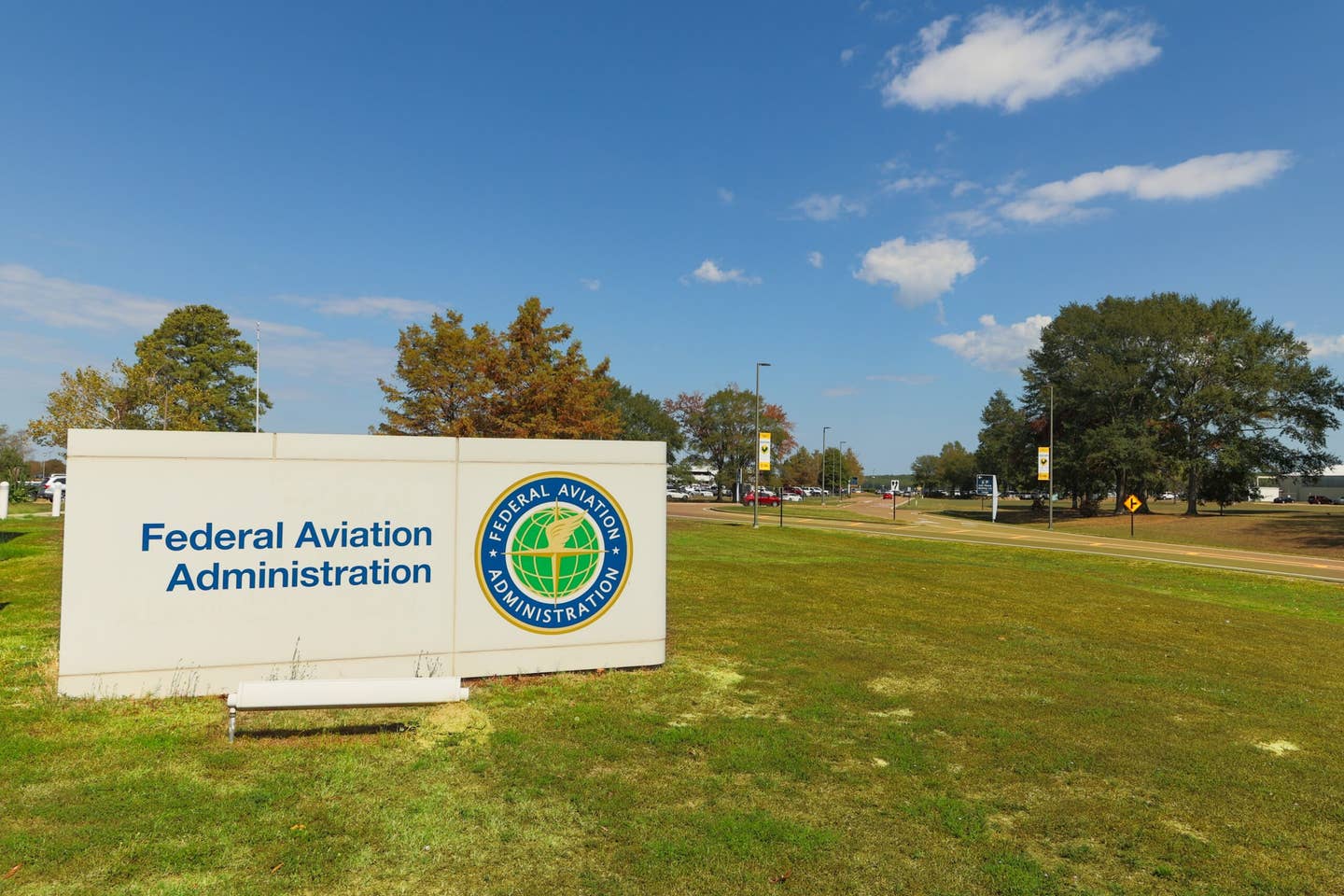Regulatory Roundup: U.S. Federal Legislators Push for UAS Integration
Breaking down key drone, UAS, and AAM regulations from the past month.

With each passing month, modern aviation technology is getting more attention from federal and state lawmakers. [Credit: Pixabay]
As federal officials, state lawmakers, and agencies like the Federal Aviation Administration tackle the massive aviation industry, they now must also contend with regulating an entirely new sphere of companies, technologies, safety protocols, and more.
A new era of aviation—which encompasses drones, unmanned aircraft systems (UAS), advanced air mobility (AAM), electric vertical takeoff and landing (eVTOL), and other new ways to fly— is coming. Now, around the country, federal and state lawmakers are trying to figure out how to manage it.
But with legislation being proposed and passed by the U.S. government and all 50 states, keeping track of them all can be a headache.
Let FLYING be your aspirin. Welcome to our inaugural Regulatory Roundup, a monthly look at the key regulations, laws, and policy proposals making their way through the modern aviation sphere, both in the U.S. and around the world.
Here are the key bills, initiatives, and regulatory approvals from the last 30 days:
At the Top
U.S. federal legislators have been actively pushing for drone and UAS integration in recent weeks, advocating for a pair of bills that could have major implications for the industry’s future.
One bill cosponsored by senators Mark R. Warner (D-Virginia) and John Hoeven (R-North Dakota) has already been introduced in the Senate, according to their official websites.
The untitled legislation would support additional research and development at the FAA’s seven UAS test sites. Specifically, Warner and Hoeven are hoping to extend federal authorization of those test sites—which is set to expire this coming September—through 2028.
The pair also want to give the FAA the ability to formally issue grants to contracted test site users, allowing more firms to demonstrate their technology and ability to integrate with the national airspace system (NAS).
Warner previously sponsored the Increasing Competitiveness for American Drones Act, a bill with similar aims in mind, as well as the American Security Drone Act of 2023, which targets restrictions on foreign-made drones like those from Chinese manufacturer DJI.
Hoeven, meanwhile, has been an advocate for beyond visual line of sight (BVLOS) waivers for drone firms in his state.
Modern aviation has been the focus of other U.S. lawmakers as well. Last month, during a House hearing on AAM, Space & Aeronautics Subcommittee Chairman Frank Lucas (R-Oklahoma) stated his intention to reintroduce a bill that previously failed to garner support from Congress.
The National Drone and Advanced Air Mobility Act, if passed, would create a federal initiative to coordinate UAS and AAM operations within the government and across U.S. agencies. It would also establish a dedicated office and advisory committee to support that initiative, as well as research institutes to study the integration of modern aviation systems.
Representatives Brian Babin (R-Texas) and Zoe Lofgren (D-California) also spoke during the March hearing, emphasizing the need for the U.S. to take the lead on technologies like drones and AAM.
From the States
At the state level, meanwhile, some lawmakers are pushing to limit competition from outside the U.S.
The most glaring example of state officials attempting to stifle the competition came from Florida, where Gov. Ron DeSantis last week began enforcing a rule that grounds drones from “foreign countries of concern” – including China and market leader DJI. He and other lawmakers cited spying as a reason for the ban, though they did not provide evidence of such activities.
Now, local government and law enforcement agencies—some of which have fleets composed entirely of DJI drones—are limited to a list of five approved drone manufacturers. Already, they have begun retiring hundreds of aircraft since the rule took effect, much to their chagrin.
Some law enforcement members claim that drones from the list of approved firms have caught fire or fallen out of the sky—and one even described them bluntly as “sh---y.”
Other lawmakers have also started to push back on the rule. State senator Tom Wright, a republican from Port Orange, sponsored a bill that would reinstate DJI drones temporarily as agencies look for alternatives to replace them.
In Tennessee, some lawmakers support a ban similar to Florida’s. Last month, state Rep. Michele Carringer and Sen. John Stevens, republicans from Knoxville and Huntingdon, filed a bill that would restrict drone purchases from countries banned under the National Defense Authorization Act of 2019—namely, China and Russia.
But again, some law enforcement agencies are unhappy. Jon Beal, president of the Law Enforcement Drone Association, a collection of current and former officers, estimated that somewhere between 70 and 90 percent of U.S. public safety agencies rely on DJI drones. He also noted that DJI models cost significantly less than their U.S.-made counterparts.
Elsewhere, the Iowa House this week passed legislation that would restrict drones from flying within 400 feet of homesteads or other places housing agricultural animals.
The law comes in response to animal welfare groups, some of which have used the aircraft to document the treatment and conditions of animals, and it’s the latest in a string of laws designed to criminally punish activists for posting such videos—judges have ruled them unconstitutional. The bill has also drawn some opposition from local businesses that use drones.
Finally, the Missouri House last week passed its own bill to crack down on drone surveillance. The proposed law would prohibit law enforcement agencies from using drones to gather information related to criminal conduct unless they first obtain a warrant. Exceptions to the law include cases where there is an imminent threat to life, such as using the aircraft to assess fires.
Around the World
Much of the modern aviation legislation from the past month comes from the U.S., but a few other countries have also proposed or introduced new regulations.
The Civil Aviation Authority of the Philippines (CAAP), for example, is in the process of amending regulations around remotely piloted aircraft systems to improve safety and enhance integration within the traditional aviation sphere. The updated regulation is expected to be released by mid-2023.
In New Zealand, the government enacted a new bill that will alter the framework of aviation in the country, including drones. The Civil Aviation Bill, which replaces the decades-old Civil Aviation Act of 1990, calls for new policies around airspace security, such as the ability for the government to shoot down drones that it deems are not flying safely.
And last but not least, Dublin-based carrier ASL Airlines Ireland received major regulatory approval from the Irish Aviation Authority (IAA) to begin commercial drone deliveries under a new provisional operator certificate. The approval, one of just three awarded by the IAA, is a big step toward demonstrating the safety of those operations and could spur regulatory moves down the road.

Sign-up for newsletters & special offers!
Get the latest FLYING stories & special offers delivered directly to your inbox






